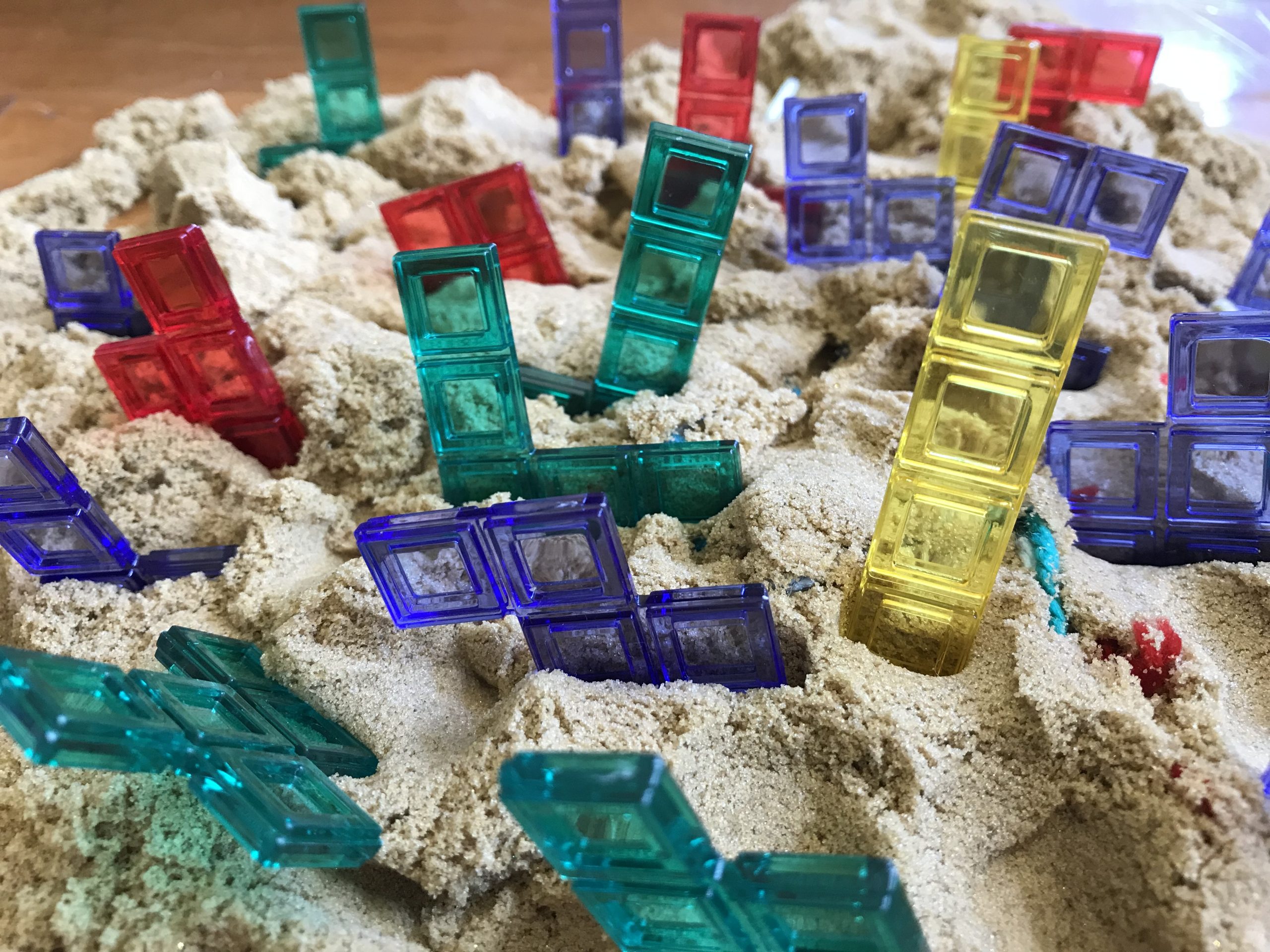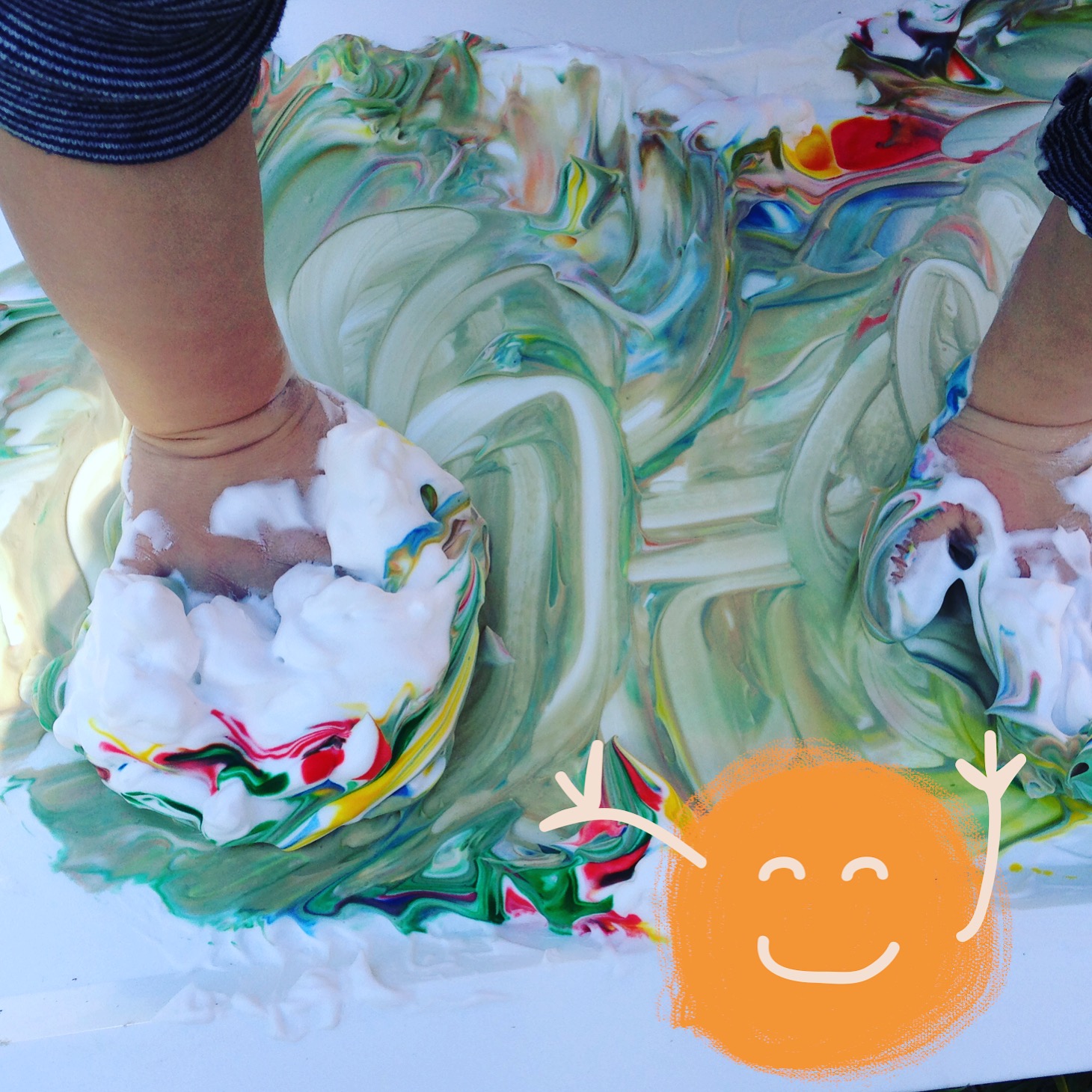Messy play provides fun, unstructured ways for children to discover, examine, and understand the world around them. During sensory play, children play with and explore different objects and elements, such as water, paint, play dough, sand, and even some (safe) edible materials.
When people think of a sense that is exercised through messy play, they think of the tactile sense, and they are right. Manipulating different types of objects and substances stimulates the sense of touch, and this has a very positive impact on sensory processing in general. That’s why sensory activities are often used as a tool for treating children with sensory processing disorder. However, all senses can be stimulated during messy play, as children are given the chance to see, smell, taste and hear what they’re presented with.

Benefits of messy play
Messy play provides opportunities for children to learn about, discover, examine, and understand the world around them. The focus and ability needed to explore the different sensory characteristics of play elements allow kids to practise concentration, learning, memory and problem-solving. It also provides the opportunity to engage in planning and understanding consequences of their actions. An example of this is when they realise what happens when they mix two colours, or when they roll dough a certain way.

Gross and fine motor skills have proven to be largely benefited by sensory activities. Children become more proficient in hand-eye coordination and body control when manipulating all kinds of tactile materials. They may not even realise it, but they’re actually practising the same arm and hand movements that they will need when learning to write and use all kinds of tools they may need later in life.
Socially, messy play provides an opportunity for diverse children to play independently on the same level. There are no rules or complicated guidelines, so children of all ages and developmental stages may play together and benefit from it. When they cooperate and share, they are learning very valuable lessons in negotiation and social skills.

The cleanup required can be a deterrent for some parents, but with a little planning you can set yourself up for success and keep things under control. Provide clothing covers and take play outside if possible to minimise the tidying up afterwards. However, messy play can even be done inside, in a sink or a plastic tub.
If you’re thinking about giving ‘messy play’ a go, keep it simple at first and use materials that are easy to clean up, like play dough, bubbles and water. When you plan to have more time to clean up, try messier elements, like slime, jelly and shaving foam.
Regardless of age, development or verbal ability, all children can enjoy messy play, anywhere, anytime. Give it a try!
For more information:






